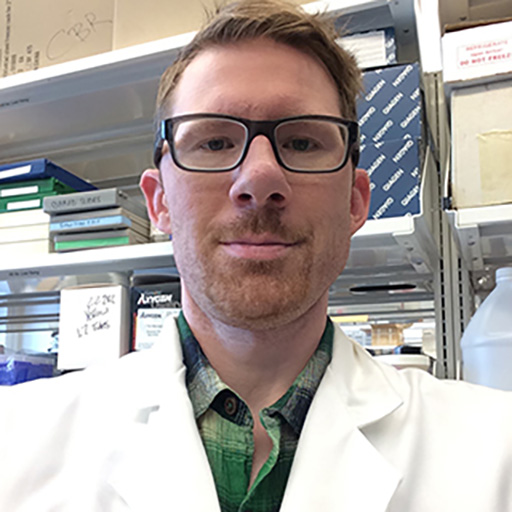The Role of Exosomes in Dry AMD

About the Research Project
Program
Award Type
Standard
Award Amount
$160,000
Active Dates
July 01, 2015 - June 30, 2018
Grant ID
M2015221
Goals
At present there is no way to treat the dry form of age-related macular degeneration (AMD), which eventually leads to blindness. The experiments I am proposing are aimed at understanding more about what makes retinal pigment epithelium (RPE) cells in the eye sick in the AMD disease process, and whether small lipid vesicles released by RPE cells may be involved. Results from these experiments may help us find new drugs to treat sick RPE cells in eyes of people with AMD, and in so doing, save their eyesight.
Summary
Our research seeks to understand what causes the earliest stages of the dry form of age-related macular degeneration (AMD), a common disease that damages the back of the eye (retina). AMD is one of the leading causes of blindness in the United States. Our research is specifically designed to elucidate whether lipid vesicles released from the RPE, known as exosomes and microvesicles, play a role in the development of AMD.
The first aim is to determine the protein composition and physical characteristics of lipid vesicles (e.g., exosomes and microvesicles) released apically and basolaterally from highly polarized primary RPE cell cultures under physiologically relevant conditions. These determinations will be done for pig RPE cell cultures and both young and old human RPE cell cultures. By comparing the cultures, we will know whether pig RPE cell cultures are an accurate model of human RPE cells.
The second aim is to determine whether exposure of RPE cell cultures to oxidative stress, something thought to occur in the AMD disease process, will affect the release and composition of these lipid vesicles (e.g., exosomes and microvesicles). Comparisons to findings in normal pig and human RPE cell cultures will help identify new targets for treatment of AMD.
The studies to be carried out by Dr Klingeborn are unique in that exosomes and microvesicles have not been investigated in relation to AMD. The role of these lipid vesicles in other diseases, such as cancer, has proven to be considerable. Thus, the result from these experiments may help us find new drugs to treat sick RPE cells and preserve the eyesight of people with dry AMD.
Grants
Related Grants
Macular Degeneration Research
Therapeutic Evaluation of Alpha Lipoic Acid for Geographic Atrophy
Active Dates
January 01, 2016 - June 30, 2019

Principal Investigator
Benjamin Kim, MD
Therapeutic Evaluation of Alpha Lipoic Acid for Geographic Atrophy
Active Dates
January 01, 2016 - June 30, 2019

Principal Investigator
Benjamin Kim, MD
Macular Degeneration Research
Cellular Scale Measures of Short-Term Retinal Atrophy Progression
Active Dates
October 01, 2022 - May 31, 2025

Principal Investigator
Kristen Bowles Johnson, PhD, OD
Cellular Scale Measures of Short-Term Retinal Atrophy Progression
Active Dates
October 01, 2022 - May 31, 2025

Principal Investigator
Kristen Bowles Johnson, PhD, OD
Macular Degeneration Research
Investigating Multiarmed Cell Death (PANoptosis) in Dry AMD Progression
Active Dates
July 01, 2022 - June 30, 2025

Principal Investigator
Lucia Celkova, PhD
Investigating Multiarmed Cell Death (PANoptosis) in Dry AMD Progression
Active Dates
July 01, 2022 - June 30, 2025

Principal Investigator
Lucia Celkova, PhD



